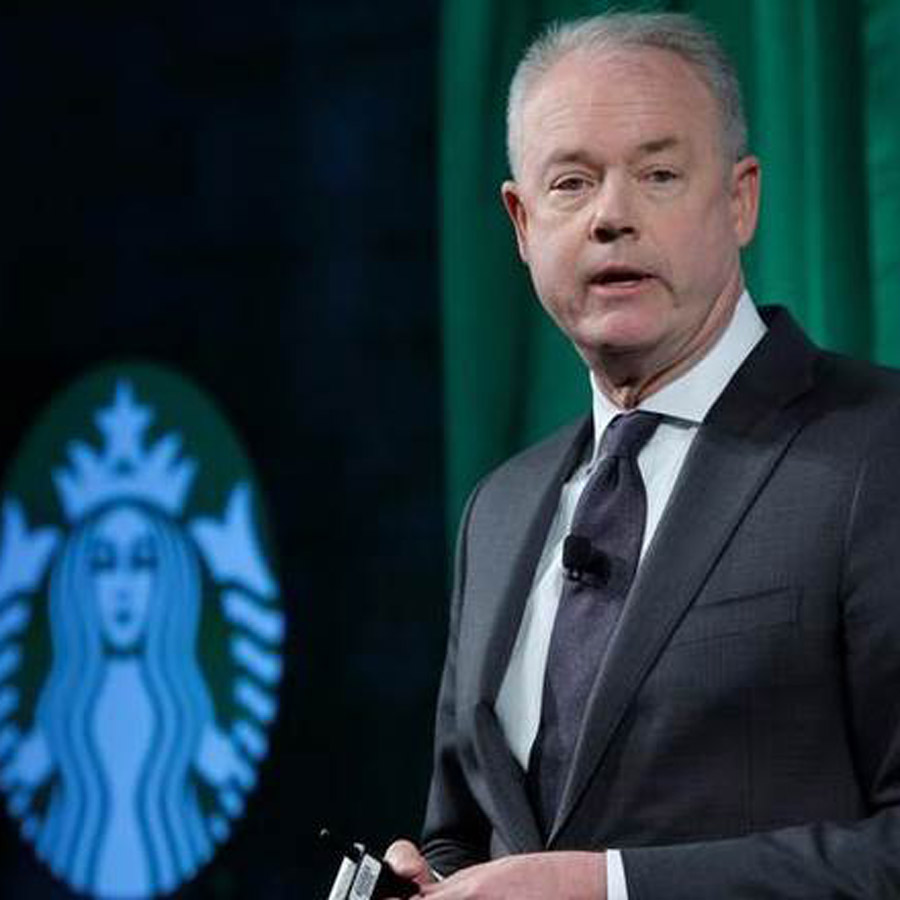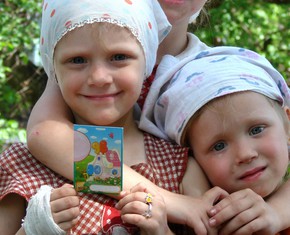The views expressed in our content reflect individual perspectives and do not represent the authoritative views of the Baha'i Faith.
In the third and final part of my open letter to Starbucks CEO Kevin Johnson, I asked him and the company to go beyond racial bias training to a new concept—race unity training:
Dear Mr. Johnson:
In your Starbucks racial bias training handout, “My Notebook,” the “Key terms” (pp. 26–28) are as follows:
- Belonging
- Bias
- Categorization
- Discrimination
- Exclusion
- Explicit Bias
- Identity Differences
- Implicit Bias
- In-Group Bias
- Inclusion
- Institutional Racism
- Othering
- Prejudice
- Racial Anxiety
- Racial Equity
- Stereotype
- Stereotype Threat
You may not have noticed, but of these 17 key terms, 14 are negative—although useful for framing racial bias problematics—while just three are positive or aspirational:
Belonging: A place where every person that walks through our front door feels seen, feels respected, and feels uplifted. – “The Third Place: Our Commitment, Renewed,”
Racial Equity: The aspirational condition that would be achieved if one’s racial identity no longer predicted, in a statistical sense, how one fares.
Inclusion: The considerate process of creating an environment that welcomes, respects, values and supports all individuals, in an effort to respect their unique qualities. – “The Third Place: Our Commitment, Renewed,”
To be fair, at the end of the four-hour Starbucks training session, you stated:
In the coming weeks, months and years, we will address many other facets of what makes us truly human. This work will grow to reflect the realities of your abilities, ethnicities, gender identities and expressions, sexual identities, class, language, citizenship, political views and religious affiliations.
We begin in the United States, and we will continue to expand this conversation with our partners around the world.
The next time we gather it may look different. And we will continue to go deeper.
We’re all in this together. – Kevin Johnson, “Team Guidebook,” p. 68.
Okay, let’s talk about that “next time we gather.” One way this future training session you mention could “look different” is if the emphasis shifts from a focus on framing racial bias issues to looking at their solutions.
In the previous part of my open letter to Starbucks, I proposed that becoming color brave, in the phrase used by a Starbucks board member, should also entail color befriending.
True, as a place of business, the Starbucks coffee baristas are supposed to be friendly and welcoming, not to engage in making new personal friends as such. To be clear, “color befriending” means not only valuing our differences, but regarding such differences as positive assets—not as problems or negatives.
If color befriending is a good idea, then which consultants could you call upon as resources? I would offer the Baha’i community as one possible resource. This does not mean that the Baha’i communities anywhere and everywhere exemplify ideal race relations all the time in every situation—but that is their aspiration. The global Baha’i community has, as its highest goal, the realization of world unity and racial harmony.
Furthering Starbucks’ role as a social leader in the community-building process, you might be interested in taking a close look at the community-building efforts of Baha’is worldwide. In its own grassroots, humble and low-key way, this noble undertaking has become a grand social experiment.
Similar to your “Training Guidebook,” Baha’is have long sponsored a free, community-based institute process that utilizes a series of study guides to raise awareness of what it takes to lead a spiritual life, to equip participants with tutoring and facilitating skills for conducting children’s classes, youth groups, and adult study sessions and devotional gatherings, and ultimately to become full and active participants in unifying the world. Children learn civic and social virtues. Youth receive self-empowerment training. Both youth and adult participants then engage in volunteer service to the wider community, in a spirit of worship of God in treading the spiritual path.
Part of service to the community at large obviously includes promoting ideal race relations. All of the Baha’i training materials include universal Baha’i principles of unity. Just as Starbucks has provided its training materials for other businesses to use and adapt, I invite you to consider underwriting and utilizing materials in which the emphasis shifts from identifying the problematics surrounding racial bias, to proposed solutions promoting color befriending as previously proposed.
As one additional suggestion, in Starbucks’ next “Training Guidebook” and accompanying “My Notebook,” you may want to ensure that the majority of the “Key Terms” are positive in nature, rather than predominantly negative. Negative terminology, of course, is a useful vocabulary for being color brave when it comes to identifying and articulating racial bias—but we need to go beyond the negative to find solutions to our society’s racism and inherent bias.
A welcoming environment is a good place to begin. It is not, however, an ideal solution by any stretch of the imagination. While the interaction between a Starbucks coffee barista and a customer may be friendly and welcoming, perhaps Starbucks could go beyond that business relationship and begin promoting interracial harmony in its “third place” settings.
This may be a novel concept, since it is not the customary goal of business environments to try to foster ideal race relations among customers. As part of the Starbucks training, though, I’ve noticed that different situations are addressed in which Starbucks employees are trained in how to deal with problems that may arise. For instance, when is it appropriate for a Starbucks barista to call the police? Obviously, such situations are rather extreme and hopefully infrequent.
I would urge Starbucks, then, to go beyond creating a welcoming environment for people of all races, and toward creating a global environment where racism and racial bias have faded into obscurity.
Perhaps I am too optimistic about Starbucks’ historic initiative, which has really set the corporate pace. But, as a Baha’i, I can’t help but be impressed, encouraged, and hopeful that this initiative may further develop and contribute to a better social environment in “the third place” and throughout all social spaces in America, especially in “the holy places where the races meet,” as Leonard Cohen so artfully phrased it. Consider these oft-quoted words of Baha’u’llah:
Ye are the fruits of one tree, and the leaves of one branch. Deal ye one with another with the utmost love and harmony, with friendliness and fellowship. He Who is the Day Star of Truth beareth Me witness! So powerful is the light of unity that it can illuminate the whole earth. The one true God, He Who knoweth all things, Himself testifieth to the truth of these words.
Exert yourselves that ye may attain this transcendent and most sublime station, the station that can ensure the protection and security of all mankind. This goal excelleth every other goal, and this aspiration is the monarch of all aspirations. – Baha’u’llah, Gleanings from the Writings of Baha’u’llah, p. 288.
Thank you for listening and considering these suggestions. Since I never received confirmation that my first open letter to Starbucks in 2015 reached its intended destination, or was read by anyone in the corporate leadership environment, it would be heartening and encouraging to know that either you yourself have read—or someone at the corporate leadership level at Starbucks has read—this three-part open letter and has considered its proposals and recommendations.
Respectfully yours,
Christopher Buck, PhD, JD

















Comments
Sign in or create an account
Continue with Googleor